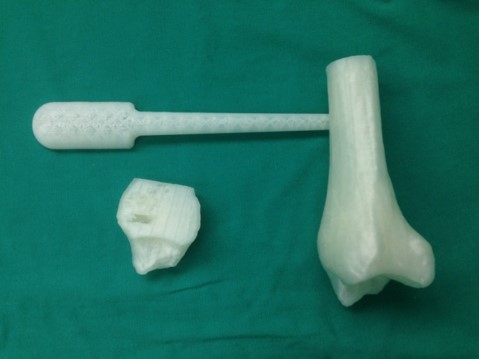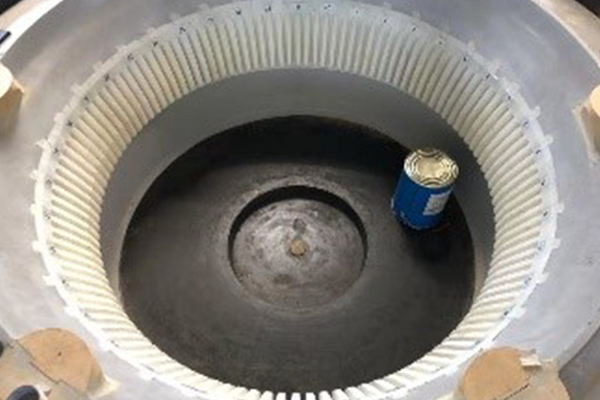
Sand casting
Customer needs:
1. The mold needs high precision and is less affected by the environment
2. Capable of standardized production.
3. Short production cycle and high cost performance.
Solution:
Combining 3D printing with sand casting, the 3D printing model is used to replace the wooden model.
Application- sand casting
Sand casting is a kind of casting process. The mold used in sand mold casting is generally composed of outer sand mold and core. Because the materials used are cheap and easy to obtain, the casting mold manufacturing is simple, which can adapt to the single casting production, batch production and mass production. It has been the basic technology in casting production for a long time. Its main with sand, wooden mold, modeling, drying, buckle box, smelting, casting, cooling, opening sand, post-treatment and other 10 main processes. Among them, the making of wooden mold is the most basic and the most important process.
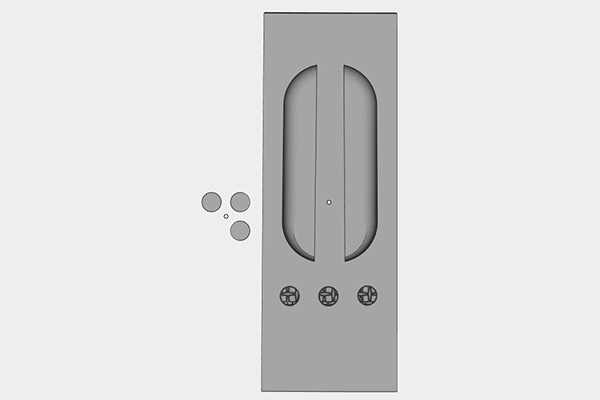
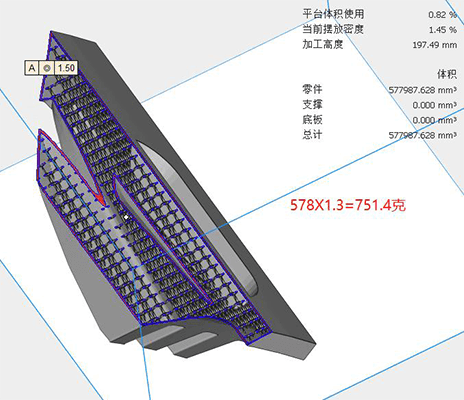
For small-batch blacksmithing, especially for casting large parts, to save cost, sand mould is usually made of wood. Wooden production is completed, need to be on a wooden surface coated with wooden lac to protect block ー layer protection, but due to the paint not wear-resisting, after using for a long time, wooden surface paint will be wear and tear, make its protection failure, resulting in wooden shortened lifespan. And with the change of weather, the wooden mold will be cracked or deformed due to the change of air humidity between the wooden mold and the structure of the viscose failure, thus shortening the life of the wooden mold. This kind of situation is more obvious for the wooden mold with complex structure and long service life. In addition, the wooden mold needs manual production, high labor cost, difficult to standardize production, and the trial production period is relatively long.
The mold directly printed by 3D printing technology can be directly used for sand casting. It is less affected by the environment and lasts a long time. Digital printing can produce complex wooden models with high consistency, short production time and reduced labor cost.
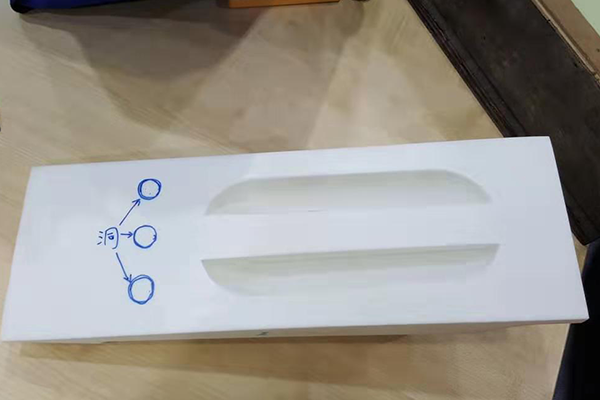
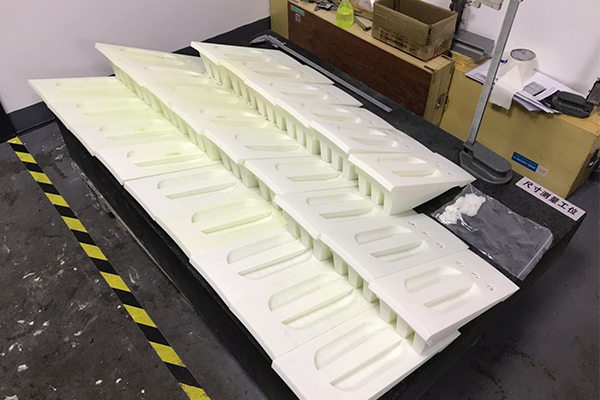
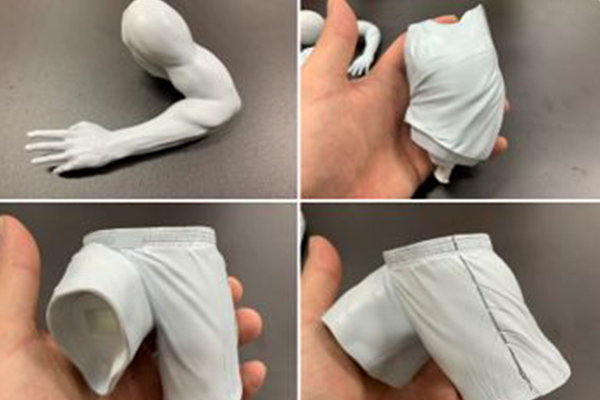
Garage Kits
Customer needs:
1. Able to print models of different sizes flexibly
2. Good surface smoothness, good details and high degree of reduction
3. The design model can be accurately restored after coloring
Solution:
Use QUBEA industrial 3D printing equipment to directly print the model and then color it
Application- Garage Kits
Ace Peck Corporation (A ‘SPEC) is a manufacturer of Garage Kits. They create Garage Kits based on real people or photographs. Now they have licenses from NBA and MLB players to produce models of real players and sell them to specific countries and regions. A ‘SPEC models need to be large, light, accurate, detailed and smooth. In order to meet this requirement, QUBEA 3D printing equipment was selected for production.
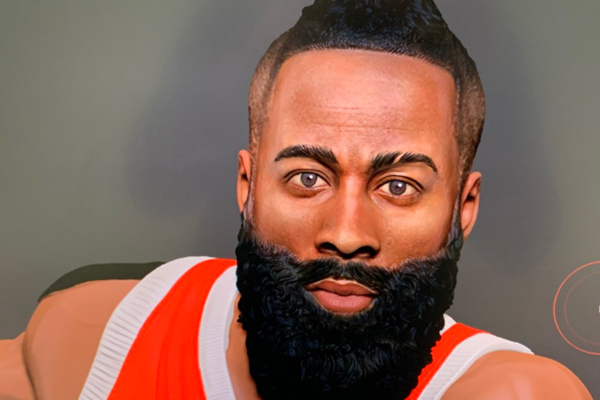

Firstly, the 3D digital modeling was used to enrich the character image and then converted into identifiable data of the printing equipment, and the qubea-SLA600 with a molding space up to 600mm(x)*600mm mm(Y)*400mm(Z) and repeated positioning accuracy up to 0.01mm was used for 3D printing output model.
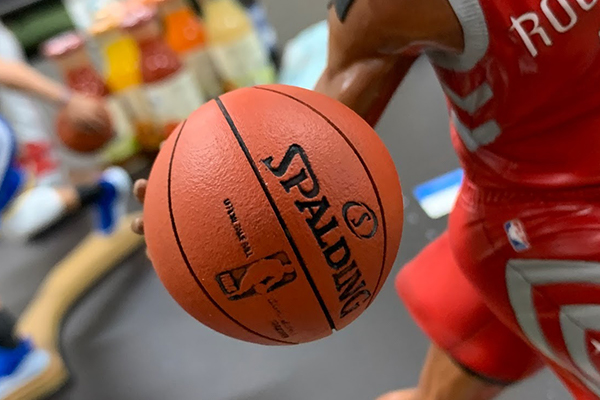
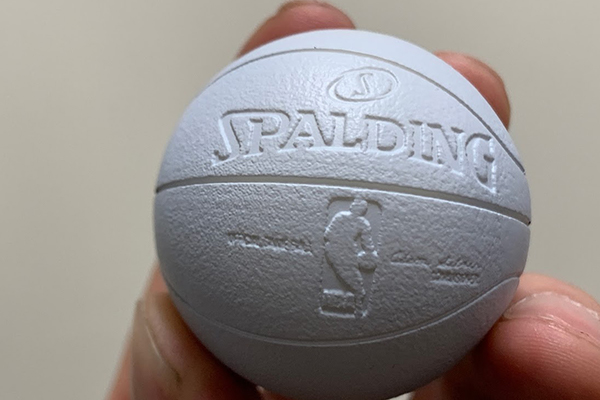
The model printed with Qubea-SLA600 3D printing equipment has rich details and highly restore the features of hair, muscles, fine lines and so on. A·SPEC’s own designers have been surprised by the print results, saying that they can be sold at such that they don’t need any further work such as coloring. The A·SPEC designer thought it would be difficult to print and colour it and sell it as a finished product, but the performance of the Qubea-SLA printer was real hit with him. The surface of the model is smooth, the hardness is higher, and the weight is light. After coloring can be sold as a product, can achieve this quality is relatively rare.
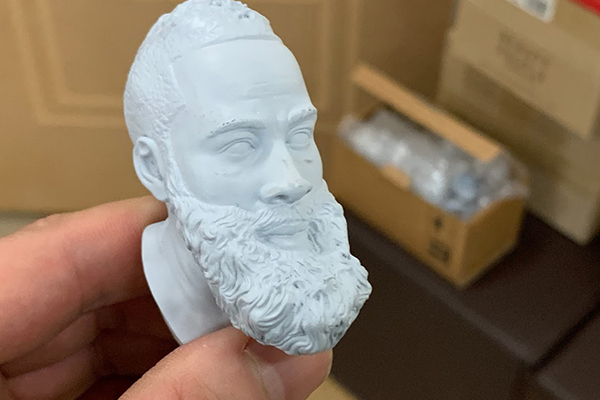
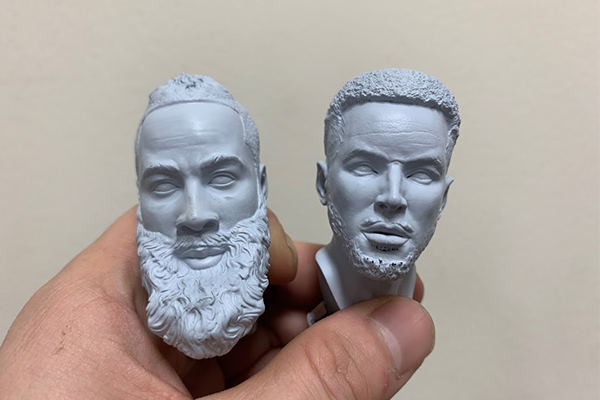
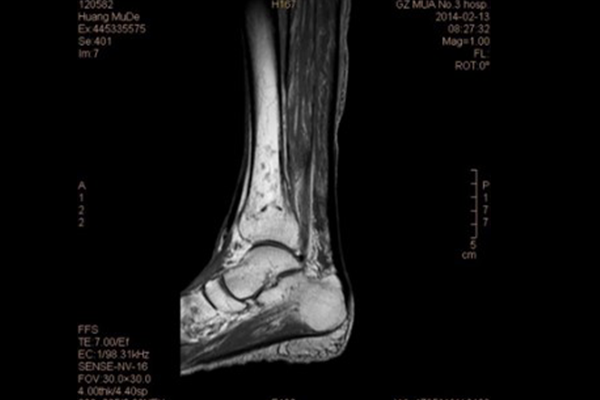
Ankle Joint
Customer needs:
1. A two-stage ankle joint replacement model was customized for patients
2. In the first stage, the mold can turn over the PVP to eliminate the lesion
3. The second stage was to print metal implants to achieve surgical replacement.
Solutions:
The 3D printed bone model was used for replacement
Application- Ankle Joint
The combination of medical science and 3D printing technology provides powerful technical support for customized and precision treatment, which has attracted more and more attention and applied research, especially in orthopedics. The applications of 3D printing in orthopedics mainly focus on preoperative diagnosis and planning, preparation of auxiliary instruments and preparation of bone implants.
QUBEA cooperated with the Third Affiliated Hospital of Guangzhou Medical University to perform China’s first 3D-printed ankle surgery.
The patient, Uncle Huang, is over 80 years old. When he was young, he was admitted to a hospital for radiotherapy because of severe skin eczema on his right ankle. After laser radiation treatment, sequela is produced. In the past 10 years, he had been treated in many hospitals, but he did not get the expected effect after receiving the flap transfer. After visiting the Third Affiliated Hospital of Guangzhou Medical University, uncle Huang was found to have chronic osteomyelitis in his right ankle. Clinically, the treatment of osteomyelitis has the characteristics of repeatability and slow onset. Once the treatment is not good, the diseased limb will face the risk of amputation. After repeated studies, the hospital believed that traditional treatment would damage the ankle joint structure to a certain extent, and patients’ postoperative walking would be seriously affected, failing to meet the most basic requirements of patients. Finally, the treatment plan combining 3D printing technology was confirmed.
After learning about 3D printing, patients and their families agreed to use the new technology to help with treatment.
In the first stage, according to the CT scan data of patients, the plastic bone model was printed with high-precision 3D printing equipment, and the plastic model for replacing the stent was designed and made. Then the mould is inverted to produce a high-precision mould which can be used for high temperature disinfection and adapt to the operation requirements. The mold was filled with antibiotic bone cement during the operation, and the antibiotic bone cement skeleton was obtained. The antibiotic bone cement skeleton was used as a placeholder to maintain the bone space around the lesion and the relative stability of the ankle joint, to retain the patient’s simple walking function, and to verify the feasibility of the final surgical approach.
The second stage USES 3D printing again to print titanium bone 1:1 with the removed bone and re-implant the patient’s ankle to achieve a permanent treatment effect.
After two stages of treatment and recovery, the patient returned to normal walking function without any adverse phenomena, and the operation was a complete success.
